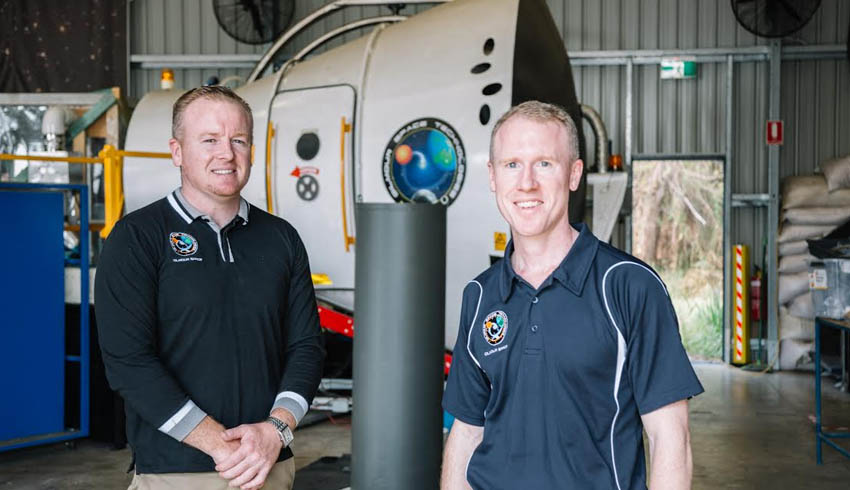"That doesn't necessarily mean that we will be sending an astronaut to the moon or to Mars but it doesn't exclude it either," she said.
"We are part of the space race. We want a bigger part."
That presents big opportunities for Australian industry, said Jens Goennemann, managing director of the Sydney-based Advanced Manufacturing Growth Centre.
Dr Goennemann, former head of Airbus in Australia, said Australia’s contribution to the success of Apollo 11 wasn’t trivial and talented men and women once again saw us poised to make a globally-relevant impact.
He said the space business had become smaller and more agile.
Where once satellites were the size of a bus, they could now fit inside the bus’ glove compartment, were put together by a start-up rather than a heavily funded government program and were launched by a third party such as SpaceX or New Zealand’s Rocket Labs.
“New Space has caught the attention of Australian entrepreneurs, especially following successes by companies such as Fleet Space Technologies and Myriota,” he said.
“As an example of the ramp-up in activity, one astute observer estimates that 10 nanosatellites were built, launched and/or operated by Australian teams in the three years just passed. Currently, more than 100 are planned or in production for the next three.”
Dr Goennemann said Australia and its advanced manufacturing base were well-placed to contribute to this new era.
He said the Advanced Manufacturing Growth Centre had several members at the front of the private space sector, including Gilmour Space, Sperospace, HEO Robotics and Jar Aerospace.
“These are all highly promising start-ups, targeting a range of applications outside the planet,” he said.
“Besides businesses who are already established to chase space, I’m excited about non-space-focused manufacturers and their possibility to develop technology for extra-terrestrial use.”
Dr Goennemann said there were also many opportunities for for established manufacturers to advance themselves by offering products and services for space applications.
There were also plenty of researchers who could help us make the most of this opportunity.
“Our researchers contributed 6.8 per cent of space-related publications globally through 2012 to 2016,” he said.
“Our space industry value-add is poised to expand, annualised, at 8.6 per cent in the decade to 2023 to 2024. Public investment has been increasing as well, for example through the $19.5 million Space Infrastructure Fund announced in the April budget.
“We encourage any manufacturing company to look to the stars and to get in touch. The sky is not any longer the limit for Australia.”

